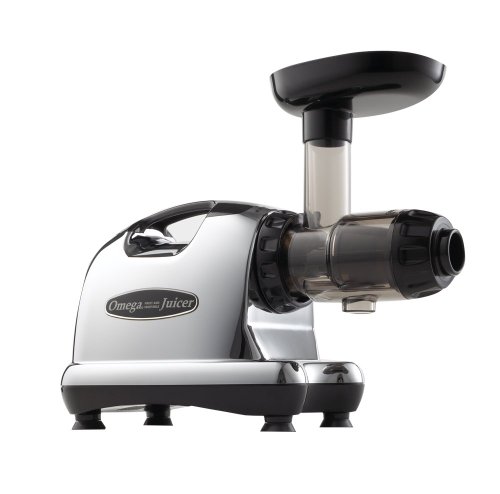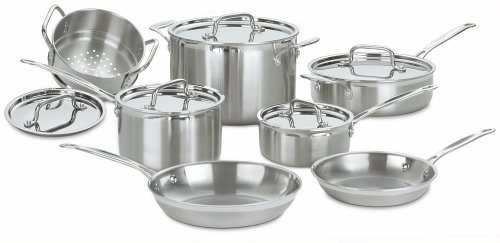Most foods are reasonably well suited for dehydrating in a food dehydrator. However, there are some that are either not recommended for drying or require special treatment prior to dehydrating because of their composition or content or their interior flesh or exterior skin. Below are some tips on dehydrating various items:
- Meats or foods that contain high levels of fat are not recommended for drying in a dehydrator. First, the fat will not properly dry and be removed like the foods' water. Second, post dehydration, the fat in these foods and the oxygen in air will combine to cause the food to prematurely spoil. The foods' water may be removed via dehydration, but the fat will not. Thus, high fat foods like avocado, high fat ground beef or fatty fish are not recommended for preserving via a food dehydrator.
- Fruits with thicker skins or wax coatings on their skins can be very difficult to dry unless certain pre-dehydration treatments are used. Prior to drying, fruits like blueberries, grapes or cranberries need to have their skins cracked or cut to create openings through which the foods' water can escape during dehydration. These foods' skins act as a moisture retention buffer. Cracking the skins will speed up the drying time and circumvent the foods' defense mechanism.
- Blackberries and raspberries are fruits that are typically too seedy to dry on a stand alone basis. These fruits are best when used in combination with other fruits when making fruit leather.
- Vegetables like potatoes, sweet potatoes and other food that you would not eat raw can be dehydrated. However, these foods require blanching or steaming as a pretreatment. Blanching is briefly precooking vegetables in boiling water or steam and it is used to shorten food drying time and kill organisms that could cause spoilage. Steaming is the preferred method as it is not nearly as damaging to the vegetables from a nutritional loss standpoint.





















